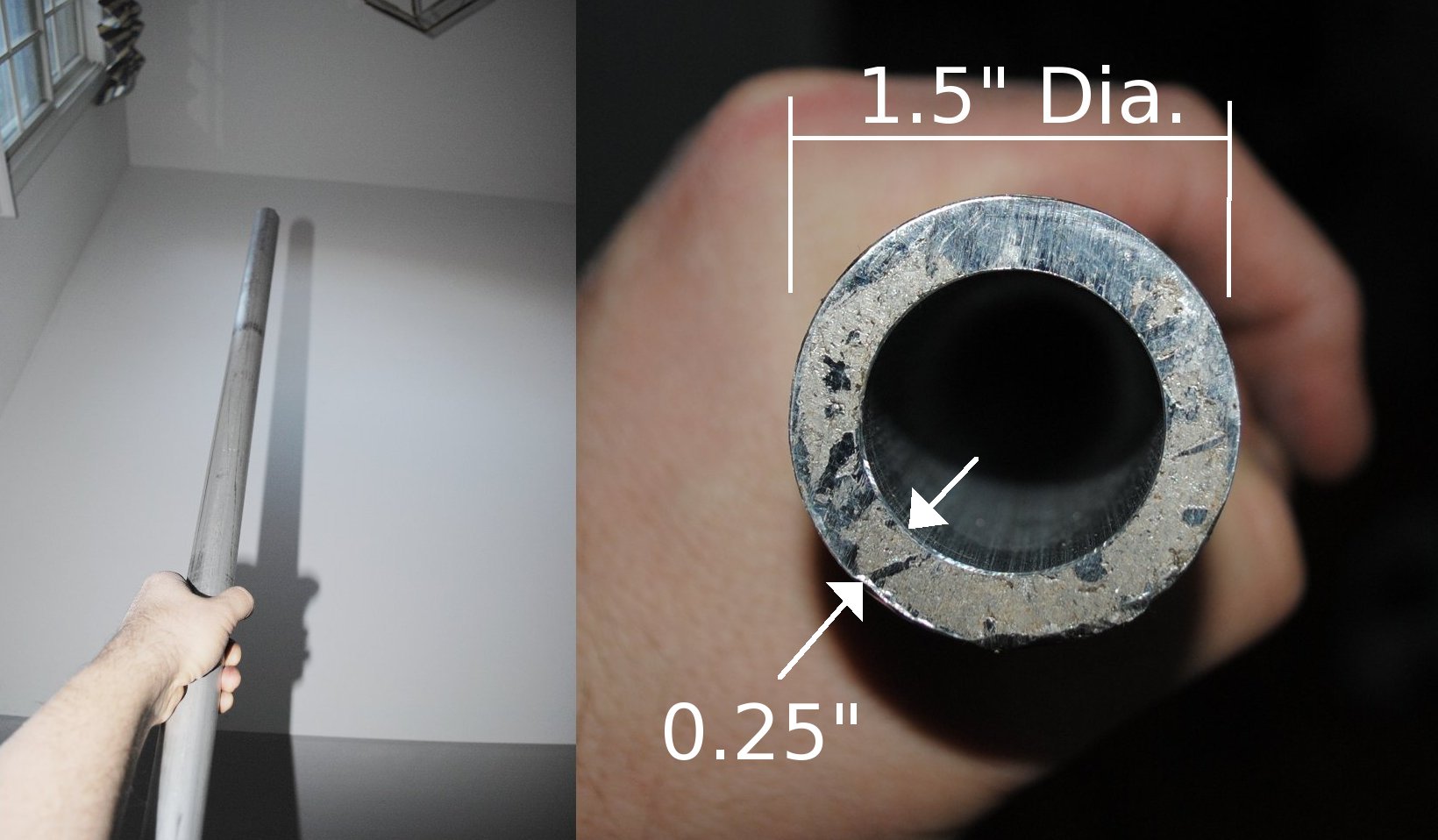Many folks have successfully modeled all versions of the Hex Beam. Most of the simulation attempts use NEC programs.
Despite being a popular and productive way of simulating amateur radio antennas, another method of electromagnetic simulation makes use of the Finite-Difference Time Domain (FDTD) method.
Without going into too many details, the method divides up the simulation space into little cubes of volume. Then the next magnetic field values are derived from the current electric fields. Then the next electric field values are derived from the current magnetic fields. Repeat.
FDTD makes use of Maxwell’s equations to calculate the above fields. Being a Time Domain method, what follows shows a movie like display of what is happening in the antennas in super slow motion.
The cool byproduct of this style of simulation is we get to see a movie of magnetic and electric fields as power is applied to an antenna. The fields build up around the antenna and eventually fill the volume with energy. For both styles of hex beam antennas you can see after a few cycles how the parasitic element becomes energized. Once both elements are energized the beaming action takes place and you can see energy propagating forward.
Both simulation movies reveal the magnetic fields in the first 50 seconds and the electric fields in the second 50 seconds. They, of course, happen at the same time to yield Electro-Magnetic fields, but I could not show both in a meaningful way.
Here is a 10 meter Traffie (Classic?) Hexbeam…
Here is a 10 meter G3TXQ Broadband Hexbeam…
Neat eh?
No simulation technique is perfect, but the FDTD method’s ability to show EM in time is very cool.
If you are interested in FDTD, Google has quite a bit of information. There are some free tools out there for the taking.
